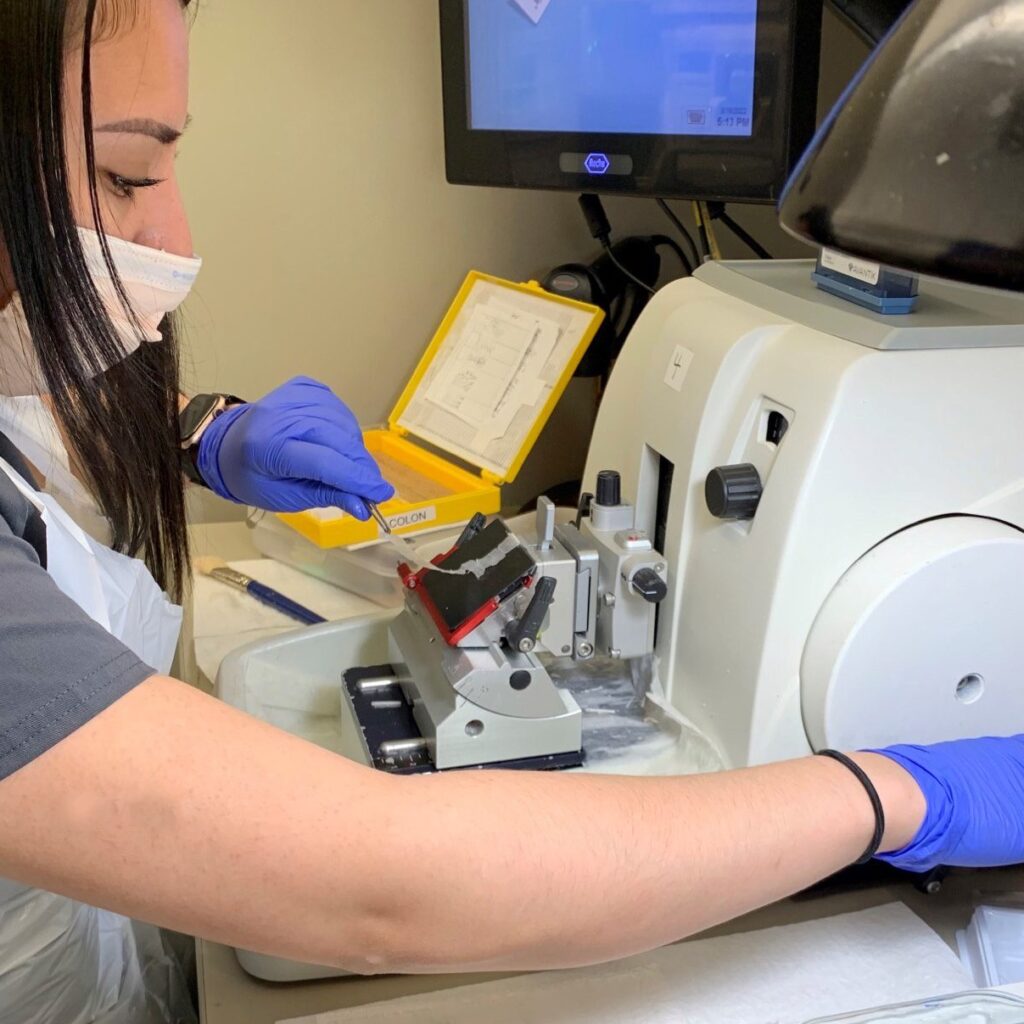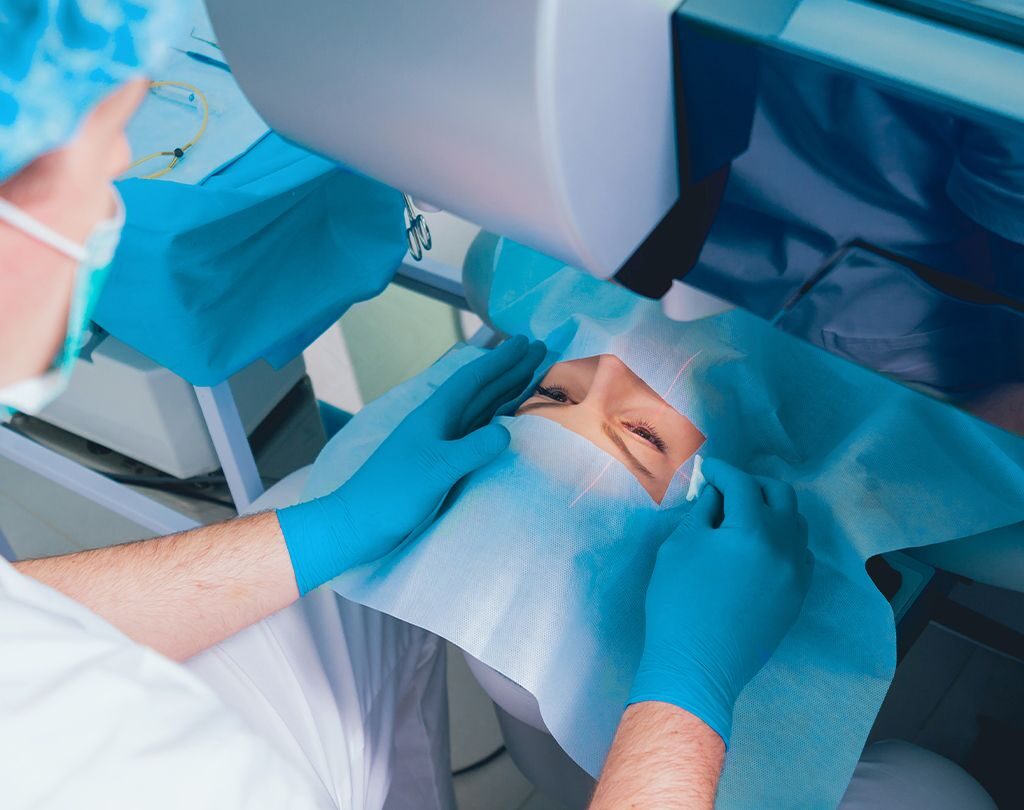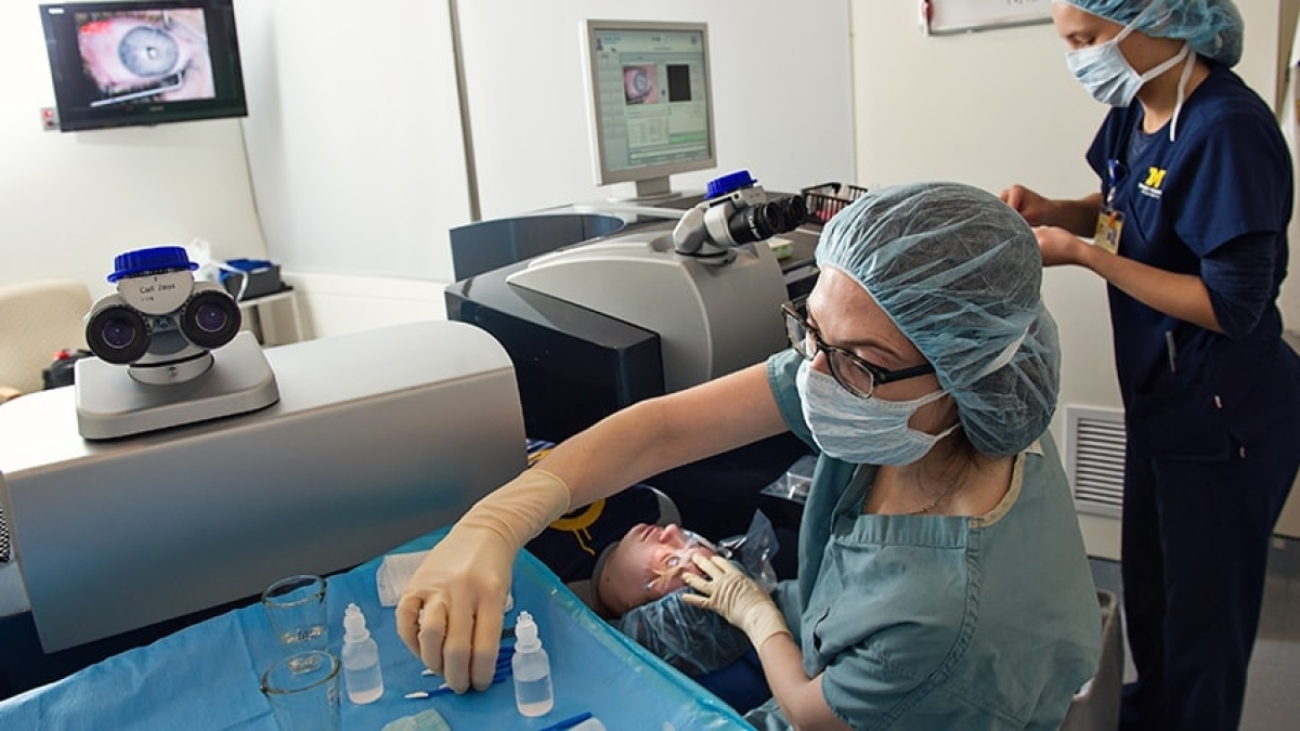Glaucoma is a serious eye condition that affects millions of people worldwide. It is a leading cause of blindness and requires timely and effective treatment to preserve vision. In recent years, there have been significant advancements in glaucoma surgery technologies, focusing on precision and innovation. These advancements have the potential to revolutionize the way glaucoma is treated and bring new hope to patients.
Understanding Glaucoma: A Brief Overview
Before delving into the future of glaucoma surgery technologies, it is important to have a basic understanding of the condition itself and glaucoma eye test. Glaucoma is an eye disease characterized by damage to the optic nerve, typically caused by increased pressure within the eye. This increased pressure, known as intraocular pressure, leads to progressive vision loss if untreated. Unfortunately, glaucoma is often asymptomatic in its early stages, making regular eye exams crucial for early detection and intervention.
Glaucoma is a complex disease with various types and causes. The most common type is primary open-angle glaucoma, which occurs when the drainage canals in the eye become clogged over time, leading to increased intraocular pressure. Other types include angle-closure glaucoma, normal-tension glaucoma, and secondary glaucoma, which can be caused by factors such as eye injuries, inflammation, or certain medications. Click here for debunking misconceptions about glaucoma surgery.
The Impact of Glaucoma on Vision
Glaucoma can have a profound impact on vision, gradually causing peripheral vision loss and, if left untreated, leading to complete blindness. The damage to the optic nerve is irreversible, highlighting the importance of early diagnosis and treatment. As the number of glaucoma cases continues to rise, there is an urgent need for innovative surgical technologies that can offer better outcomes for patients.

When glaucoma progresses, it can affect various aspects of vision. Initially, individuals may experience difficulty adjusting to changes in lighting conditions, such as going from a bright environment to a dimly lit room. As the disease advances, blind spots may develop in the peripheral vision, making it challenging to navigate and detect objects in the surroundings.
Furthermore, glaucoma can impact contrast sensitivity, making it harder to distinguish between similar shades of colors or objects against a background. This can affect daily activities such as reading, driving, and recognizing faces. The gradual loss of vision can lead to a decreased quality of life, affecting independence and overall well-being.
It is important to note that glaucoma does not solely affect the elderly population. While the risk of developing glaucoma increases with age, it can also occur in younger individuals, including children. Certain factors, such as a family history of glaucoma, high eye pressure, thin corneas, and certain medical conditions, can increase the risk of developing the disease at a younger age.
Given the impact of glaucoma on individuals and society as a whole, researchers and medical professionals are constantly striving to improve treatment options. The future of glaucoma surgery technologies holds promise for more effective and less invasive procedures that can preserve vision and enhance patient outcomes.
Current Treatment Methods for Glaucoma
Glaucoma, a group of eye conditions that damage the optic nerve, is a leading cause of blindness worldwide. Currently, the primary goal of glaucoma treatment is to lower intraocular pressure in order to preserve vision. The most common approach involves the use of eye drops, oral medications, or laser therapy to reduce pressure. However, these treatments are not always sufficient, especially in advanced cases of glaucoma. In such cases, surgical intervention becomes necessary to control the disease and prevent further vision loss.
When it comes to treating glaucoma, precision is of utmost importance. Precision plays a critical role in glaucoma surgery, as it ensures accurate and targeted treatment. Accurate diagnosis is paramount in determining the appropriate surgical approach for each patient. Advances in imaging technology, such as OCT (optical coherence tomography), have significantly improved our ability to diagnose and monitor glaucoma. By precisely assessing the structure of the optic nerve and measuring changes over time, OCT allows for early detection and intervention, leading to better patient outcomes.
But what exactly are the precision techniques used during glaucoma surgery? Let’s explore.
Precision Techniques in Surgical Procedures
In addition to accurate diagnosis, precision techniques during surgical procedures are crucial for successful outcomes. Minimally invasive glaucoma surgeries (MIGS) have gained popularity in recent years due to their ability to effectively reduce intraocular pressure while minimizing complications. These procedures utilize tiny incisions, specialized tools, and innovative approaches to drain excess fluid or improve fluid outflow, thereby reducing pressure within the eye.
One such technique is the use of microstents. These tiny devices are inserted into the eye to create a pathway for fluid drainage, relieving pressure and preventing further damage to the optic nerve. The precise placement of these microstents is key to their effectiveness. Surgeons carefully position them in strategic locations to optimize fluid flow and maintain stable intraocular pressure.
Another innovative technique is the use of shunts. These small, tube-like devices are implanted in the eye to divert excess fluid and lower intraocular pressure. Like microstents, the precise placement of shunts is crucial for optimal outcomes. Surgeons meticulously position them to ensure proper fluid flow and prevent complications.
With the advent of these advanced devices, surgeons now have more options to tailor the treatment to each patient’s needs. The ability to precisely place microstents and shunts allows for controlled fluid flow, offering more predictable results and potentially reducing the need for ongoing medication.
Conclusion
Glaucoma treatment has come a long way, thanks to advancements in precision techniques and innovative surgical procedures. Accurate diagnosis, aided by imaging technology like OCT, enables early intervention and better patient outcomes. Minimally invasive glaucoma surgeries, utilizing microstents and shunts, provide surgeons with precise tools to reduce intraocular pressure and preserve vision. As research continues, we can expect further advancements in precision techniques, leading to improved treatments and enhanced quality of life for glaucoma patients.

Innovative Technologies Shaping the Future of Glaucoma Surgery
The field of glaucoma surgery is rapidly evolving, with numerous innovative technologies on the horizon. These advancements aim to improve the accuracy, safety, and effectiveness of surgical procedures. By harnessing the power of technology, surgeons can enhance patient outcomes and revolutionize glaucoma treatment.
Advancements in Glaucoma Detection Technology
One area of innovation lies in the development of advanced diagnostic tools. Artificial intelligence algorithms are being utilized to analyze imaging data and detect subtle changes indicative of glaucoma progression. This not only aids in early identification but also enables personalized treatment plans tailored to individual disease patterns.
Imagine a scenario where a patient walks into an ophthalmologist’s office for a routine eye examination. As the patient undergoes imaging tests, sophisticated AI algorithms work in the background, analyzing the data in real-time. The algorithms can detect even the slightest changes in the optic nerve and retinal structures, alerting the ophthalmologist to potential glaucoma progression. This early identification allows for timely intervention and the implementation of personalized treatment plans, significantly improving patient outcomes.
Additionally, wearable devices and home monitoring systems are being developed to provide continuous, real-time data to ophthalmologists. These devices can track intraocular pressure, monitor medication adherence, and assess visual field changes. By collecting and analyzing this data remotely, ophthalmologists can proactively intervene when necessary, ensuring timely treatment adjustments and improved patient care.
Cutting-edge Surgical Tools and Techniques
Another exciting aspect of glaucoma surgery technologies involves the development of cutting-edge tools and techniques. Robotic-assisted surgeries are emerging as a potential game-changer, offering enhanced precision and control during delicate procedures.
Imagine a robotic arm delicately maneuvering within the eye, guided by a skilled surgeon. This robotic assistant can perform intricate maneuvers with unparalleled precision, minimizing the risk of human error. In complex cases where traditional surgical techniques may be challenging, robotic-assisted surgeries can provide a new level of surgical capabilities. Furthermore, these surgeries are less invasive, resulting in quicker recovery times and improved patient comfort.
Furthermore, the integration of virtual reality (VR) and augmented reality (AR) technologies into surgical planning and execution provides surgeons with detailed visualizations and guidance, enhancing precision and reducing complications.
Surgeons can now step into a virtual world, where they can visualize the patient’s anatomy in three dimensions. This immersive experience allows for a thorough understanding of the surgical site, enabling surgeons to plan their approach meticulously. During the actual surgery, augmented reality overlays can provide real-time guidance, highlighting critical structures and aiding in navigation. These technologies revolutionize the way surgeons interact with the patient’s anatomy, leading to improved patient outcomes and reduced surgical complications.
As the field of glaucoma surgery continues to evolve, innovative technologies will play a pivotal role in shaping its future. From advanced diagnostic tools driven by artificial intelligence to cutting-edge surgical techniques aided by robotics and virtual reality, these advancements hold immense promise in improving patient outcomes and transforming the landscape of glaucoma treatment.

The Intersection of Precision and Innovation in Glaucoma Treatment
When precision and innovation intersect, tremendous opportunities arise in the field of glaucoma treatment. Precision allows for accurate diagnosis and tailored surgical interventions, while innovation drives the development of new and improved technologies. Together, they have the potential to reshape the way glaucoma is managed and introduce groundbreaking solutions.
How Precision and Innovation Complement Each Other
Precision techniques, such as MIGS, rely on innovative devices and tools to achieve optimal outcomes. By integrating cutting-edge technologies into surgical procedures, surgeons can further refine their approach, making glaucoma treatments safer, more effective, and less invasive. Embracing innovation empowers surgeons to provide individualized care that aligns with each patient’s unique needs and disease characteristics.
Predicted Outcomes of Technological Advancements in Glaucoma Surgery
As glaucoma surgery technologies continue to evolve, the predicted outcomes are promising. Improved precision and innovation are expected to lead to earlier and more accurate diagnoses, minimizing the impact of glaucoma on vision. Surgical procedures are likely to become increasingly effective, with fewer complications and faster recovery times. Ultimately, these advancements hold the potential to revolutionize glaucoma treatment, transforming it into a proactive and preventive approach rather than a reactive one.
Challenges and Opportunities in Glaucoma Surgery Technologies
While the future of glaucoma surgery technologies is bright, there are challenges to overcome and opportunities to seize. It is essential to navigate these obstacles to ensure widespread adoption and maximize their benefits.
Potential Barriers to Implementing New Technologies
One of the main barriers to implementing new glaucoma surgery technologies is the associated costs. Advanced devices and robotic systems require a substantial investment, which may limit their availability in some healthcare settings. Collaborations between industry, healthcare providers, and insurance companies are necessary to make these technologies more accessible and affordable for patients in need.
The Future Prospects of Glaucoma Treatment Technologies
Despite the challenges, the future prospects of glaucoma treatment technologies are promising. Increased collaboration among researchers, surgeons, and industry professionals will fuel further advancements in the field. By embracing precision and innovation, we can continue to push the boundaries of what is possible in glaucoma surgery, ultimately improving patient outcomes and transforming the lives of those affected by this debilitating condition.

